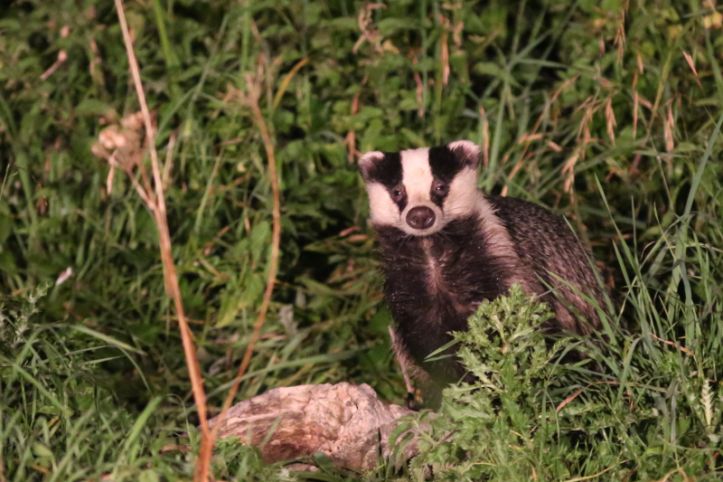
Learning about the European badger is a nice change of pace from our usual North American mammals. This animals always has reminded me of American wolverine.
Many of the books that prompted me to keep my own nature journal were British. British animals and plants are often the books we read. Badgers, hedgehogs, and stoasts feature prominently in British children’s literature. Badger was my favorite character in the book, Wind of the WIllows by Kenneth Grahame. He was described as a homebody, wise, and steady. Pretty much like me.
Here is a very well researched article on this fascinating animal. It is a nice change of pace from our usual North American mammals.
Despite being rarely seen during daylight hours, badgers are easily recognisable and widespread on the British mainland. The low set animal has a solid frame , black and white striped face with grey body hair and a lighter underside.With an average weight of 15 kg.
via Meet the Model – Brian the Badger — Wildonline.blog

Badger Basics
- Eurasian (European) badger (Meles meles)
- Mammal
- Range: native to most of Europe and parts of western Asia
- Description: black, white, brown, and grey fur covers the body. White stripes are present on the head
- Weight: 15 to 29 lbs
- Habitat: deciduous and mixed woodlands, clearings, spinneys, pastureland and scrub
- Food: wide range of animals and plants especially earthworms, large insects, small mammals, carrion, cereals and tubers
- Young: spring litter of up to five pups
- Lives in burrows called setts; badgers keep their setts very clean
- In winter: hibernation begins in late October to November and ends in spring in March or April
- Enemies: few natural predators; mainly docile, but will become aggressive when cornered
- Human uses: Badger meat is eaten in some districts of the former Soviet Union, though in most cases it is discarded. Smoked hams made from badgers were once highly esteemed in England, Wales and Ireland.
- Population status: relatively common species with a wide range and populations are generally stable
Notes are from wikipedia
Identifying Backyard Mammals: A Photo Gallery
Discover more from Donna L. Long
Subscribe to get the latest posts to your email.